Pickling is a widespread tradition in Bangladesh, with various fruits, vegetables, and herbs being used to create distinct and flavorful condiments. Bangladeshis have a rich culture of making pickles, often incorporating regional and seasonal ingredients. The methods vary, and the flavors are unique, as they are influenced by local preferences, climate, and the spices commonly available. This article will discuss some of the most popular pickles made in Bangladesh, including mango, berry, olive, and chalata pickles, explaining the different ways of making them.
Mango Pickle (Aam'er Achar)
Mango pickles are among the most beloved and widely made pickles in Bangladesh. These pickles are made using raw, unripe mangoes, typically during the peak summer season. The preparation involves several stages and often incorporates a combination of spices, salt, and oil to preserve the mangoes and give them a tangy, spicy flavor.
Ingredients:
Raw mangoes
Mustard oil
Salt
Turmeric powder
Red chili powder
Mustard seeds
Fenugreek seeds
arlic and ginger paste (optional)
Vinegar or lemon juice (for added tanginess)
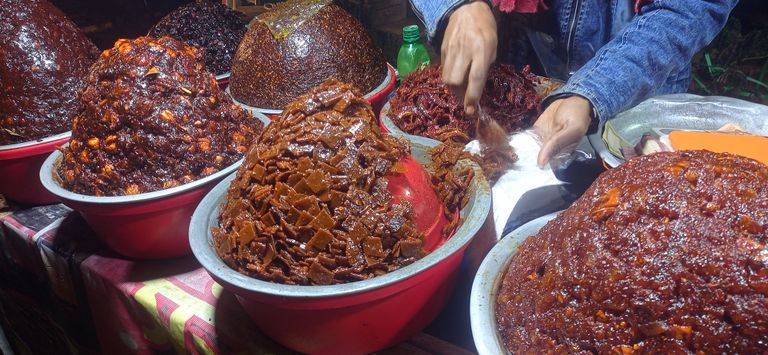
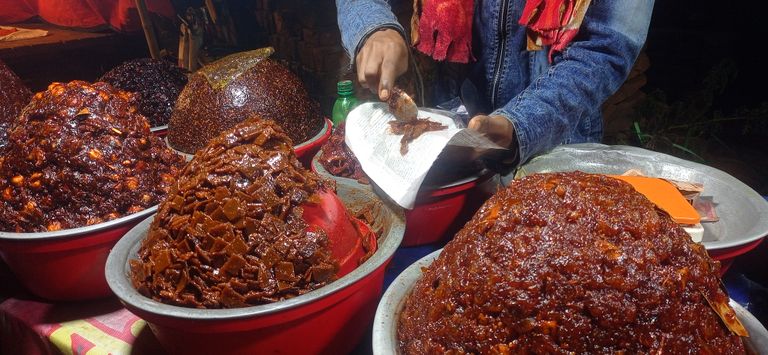
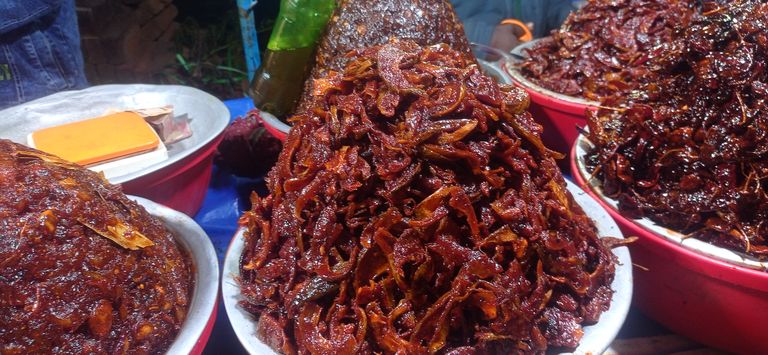
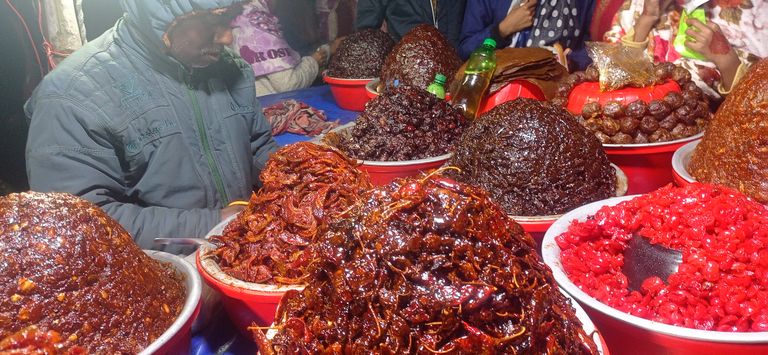
Preparation:
A. Peeling and Cutting: Raw mangoes are peeled and cut into small pieces or cubes, depending on personal preference.
B. Salting: The mango pieces are then salted and left to sit for several hours or overnight. This helps to draw out excess moisture and softens the mangoes.
C. Spicing: A mixture of spices such as turmeric, red chili powder, and mustard seeds are added. Some families might add garlic or ginger paste for extra flavor.
D. Oil and Vinegar: Mustard oil is heated until it becomes smoky, and then it is poured over the mango mixture. Vinegar or lemon juice can be added at this stage to increase acidity and help with preservation.
E. Fermentation: After mixing, the pickles are stored in airtight jars and kept in a sunny spot to ferment for about a week or more. The heat and sunlight help the spices infuse into the mangoes, creating a tangy, spicy, and aromatic pickle.
Berry Pickle (Bael'er Achar)
Bael (wood apple) is a popular fruit in Bangladesh, especially in rural areas. The fruit has a distinct aroma and flavor, making it ideal for pickling. The pulp of the bael is typically used in making the pickle, which can be prepared with varying levels of spiciness and sweetness.
Ingredients:
Ripe bael (wood apples)
Salt
Sugar or jaggery (optional)
Mustard oil
Red chili powder
Mustard seeds
Turmeric powder
Fenugreek seeds
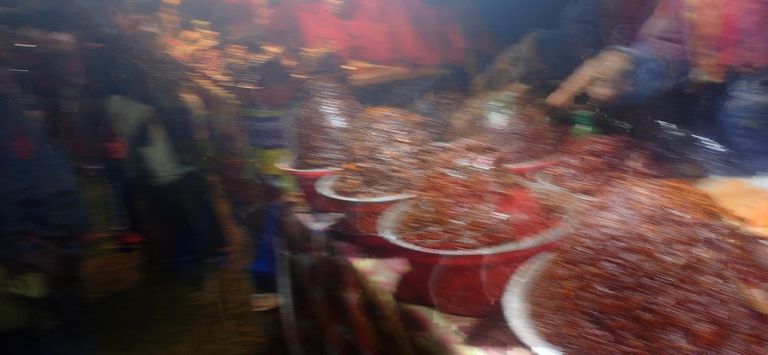
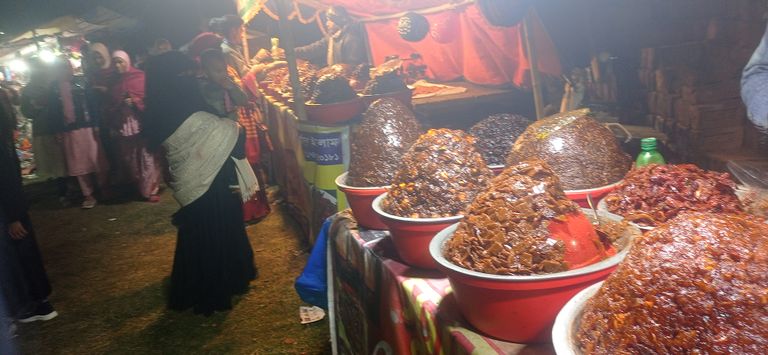
Preparation:
A. Preparation of Bael: The bael fruit is cracked open, and the pulp is removed. The pulp is cleaned of seeds and fibers and mashed or left in chunks, depending on preference.
B. Salting and Mixing: The pulp is then salted, which helps with the preservation and fermentation process. Some recipes call for adding sugar or jaggery to balance the tartness of the fruit.
C. Spice Infusion: A mix of spices like red chili powder, turmeric, mustard seeds, and fenugreek seeds are added. Mustard oil is heated and then poured over the mixture.
D. Fermentation: The pickle is stored in jars, and like mango pickle, it is left to ferment in a sunny place for several days. The fermentation process allows the flavors to meld and the pickle to mature.
Olive Pickle (Jalpai Achar)
Olives, known locally as "jalpai," are another popular fruit used for pickling in Bangladesh. Olive pickles have a savory and slightly tangy taste, with a variety of spices added to create a complex flavor profile. This pickle is typically made using green olives, which are harvested before they ripen fully.
Ingredients:
Green olives
Salt
Mustard oil
Red chili powder
Turmeric powder
Garlic and ginger paste
Mustard seeds
Vinegar
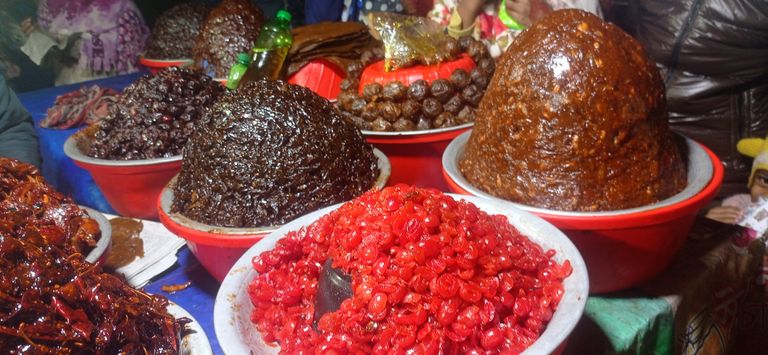

Preparation:
A. Preparing Olives: The green olives are first washed thoroughly and then pricked with a fork to allow the spices to penetrate during the fermentation process. In some cases, the olives are briefly boiled or soaked in saltwater to reduce their bitterness.
B. Spicing: The olives are mixed with salt, turmeric powder, red chili powder, and mustard seeds. Some recipes also include a little ginger-garlic paste for added depth.
C. Oil and Vinegar: Mustard oil is heated and added to the mixture, along with vinegar or lemon juice for acidity. The oil helps preserve the olives while also imparting a rich, savory flavor.
D. Fermentation: The pickle is then stored in an airtight jar and kept in the sun for several days. The heat accelerates the fermentation, and after a week or two, the olives become tender and flavorful.
Chalata Pickle (Chalata Achar)
Chalata, also known as "chalta" or "elephant apple," is a fruit commonly found in the forests of Bangladesh. The fruit has a sour taste, and it is often used in making tangy pickles. Chalata pickles are famous for their unique combination of sourness and spice, which makes them a favorite among pickle lovers.
Ingredients:
Chalata (elephant apple)
Salt
Mustard oil
Red chili powder
Turmeric powder
Black salt
Cumin powder
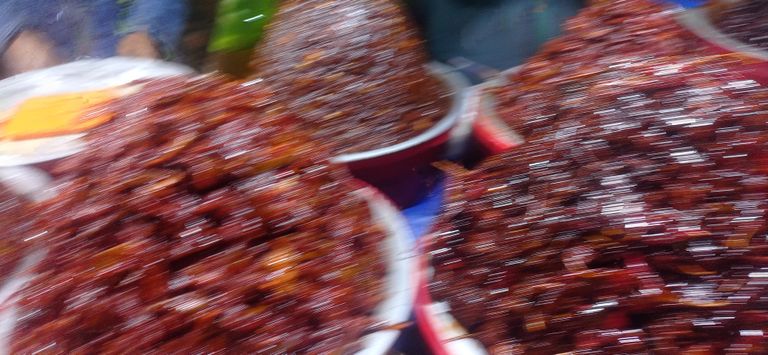
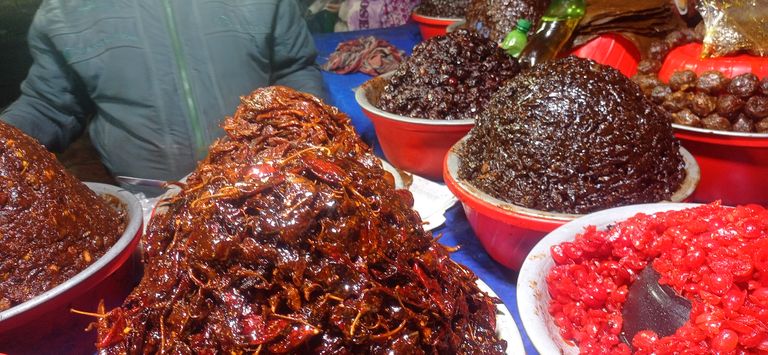
Preparation:
A. Preparing the Chalata: The chalata fruit is peeled, and the inner fibrous parts are removed. The remaining pulp is chopped into small pieces.
B. Salting: The chopped chalata is salted to draw out excess moisture and soften the fruit.
C. Spicing: A mixture of red chili powder, turmeric powder, cumin powder, and black salt is prepared. This spice blend is added to the chalata along with mustard oil, which provides a rich and savory undertone.
D. Storage and Fermentation: The chalata mixture is then stored in a jar, and it is left to ferment in a sunny place for a few days. The combination of salt, spices, and oil helps preserve the fruit and imparts a tangy, spicy flavor.
Regional Variations and Other Pickles
While mango, berry, olive, and chalata pickles are some of the most common types made in Bangladesh, there are many regional variations and other unique pickles. Some people use seasonal vegetables like carrots, cauliflower, and green chilies to create pickles. The use of mustard oil is ubiquitous in Bangladeshi pickling, as it enhances the taste and helps with preservation. The use of spices like garlic, ginger, cumin, and mustard seeds is also common across most pickle recipes.
Sun-drying and Fermentation: One of the key techniques in Bangladeshi pickling is fermentation. Most pickles are left to ferment in the sun for several days, allowing the flavors to meld and develop. This process not only enhances the taste but also helps to preserve the pickles for long periods. The intense summer heat in Bangladesh makes the sun-drying process an ideal method for pickling.
Serving and Storage: Pickles in Bangladesh are often served as accompaniments to rice and lentil dishes, adding a spicy and tangy flavor to the meal. They are typically stored in glass jars or ceramic containers and can last for several months when kept in a cool, dry place.
Video credit Bd food diary
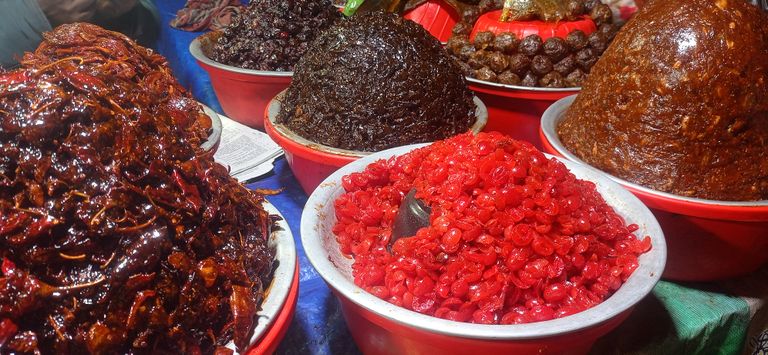
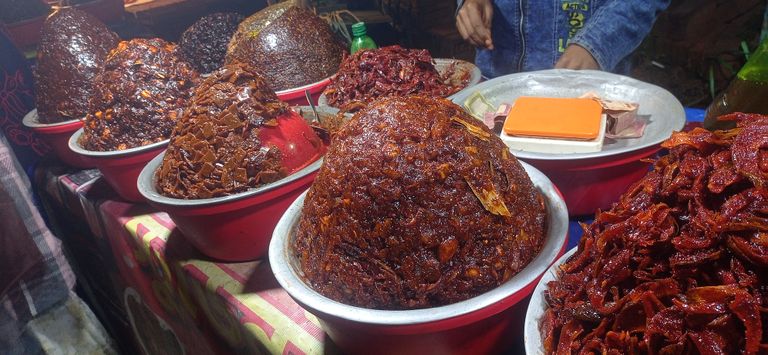
In Bangladesh, pickles are not just a way of preserving food but a cultural tradition that adds bold flavors to everyday meals. The variety of fruits and spices used, along with the different methods of preparation, make Bangladeshi pickles a rich part of the country’s culinary heritage. Whether it's the tangy sweetness of mango pickles, the savory depth of olive pickles, or the unique flavor of chalata pickles, these condiments play an integral role in Bangladeshi cuisine, offering a burst of flavor in every bite.